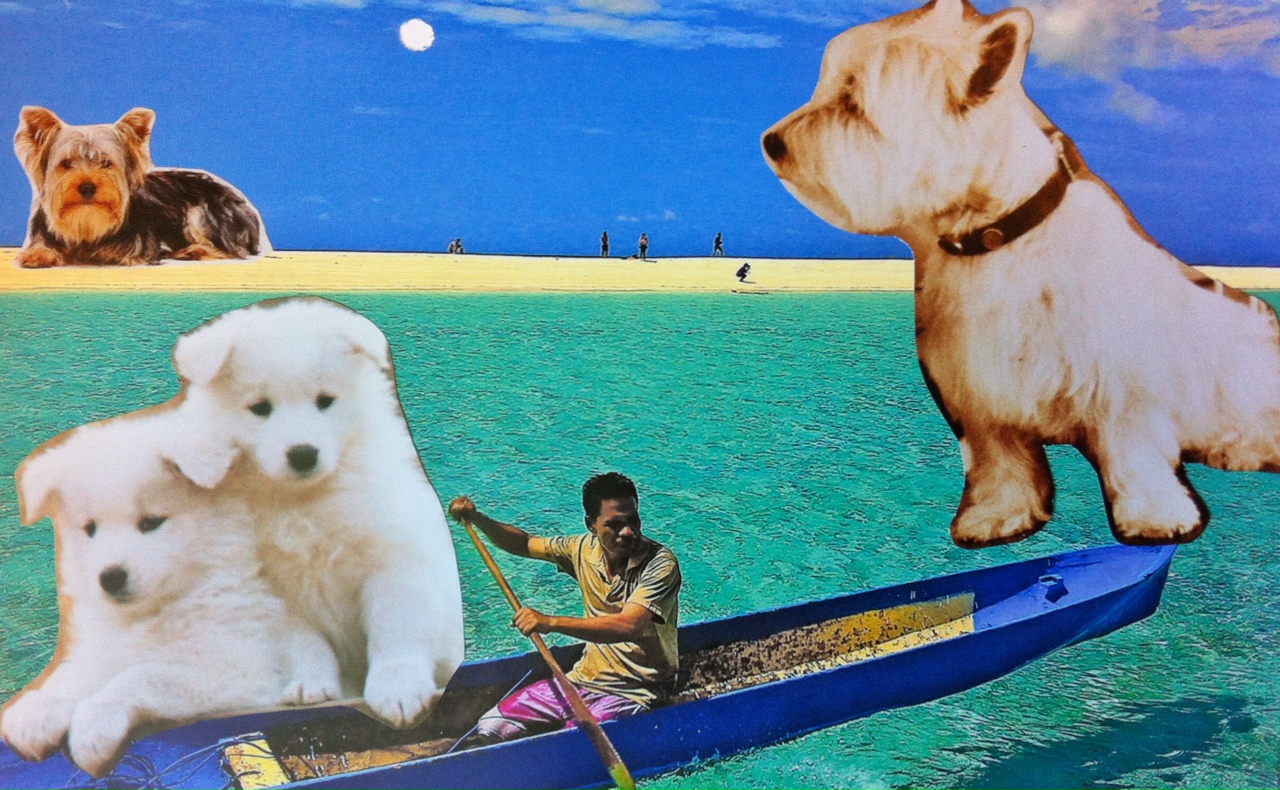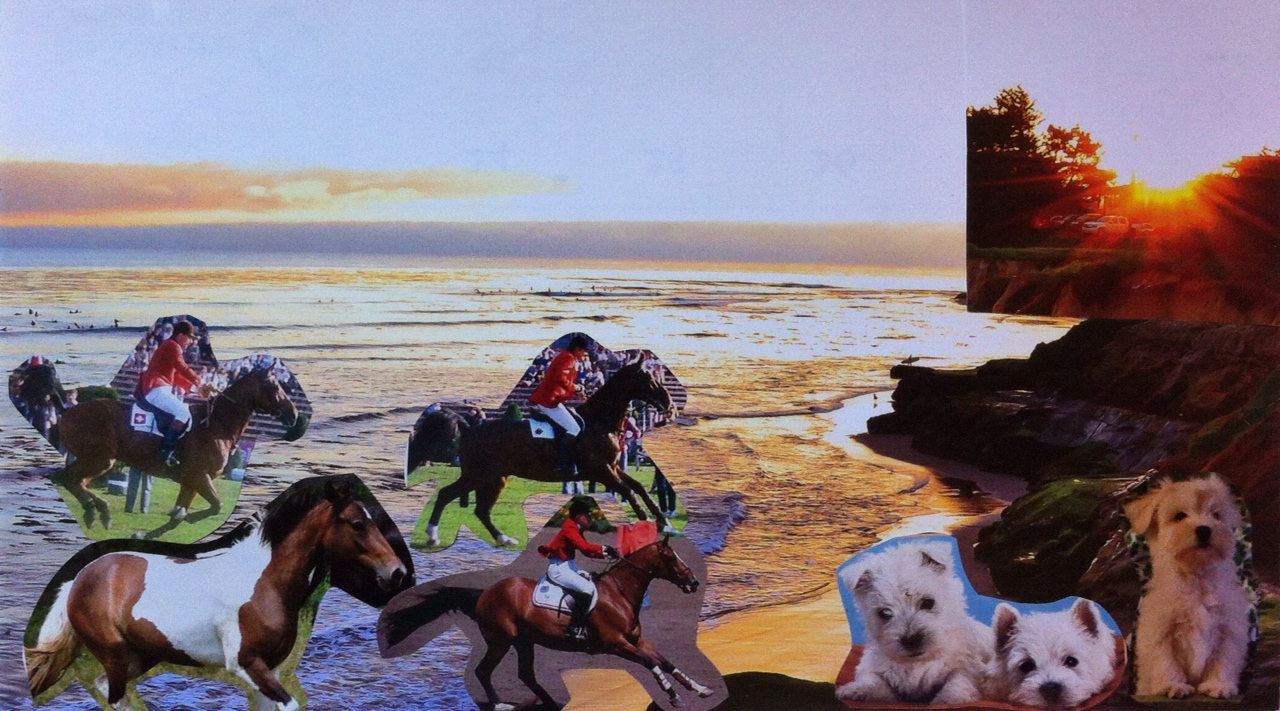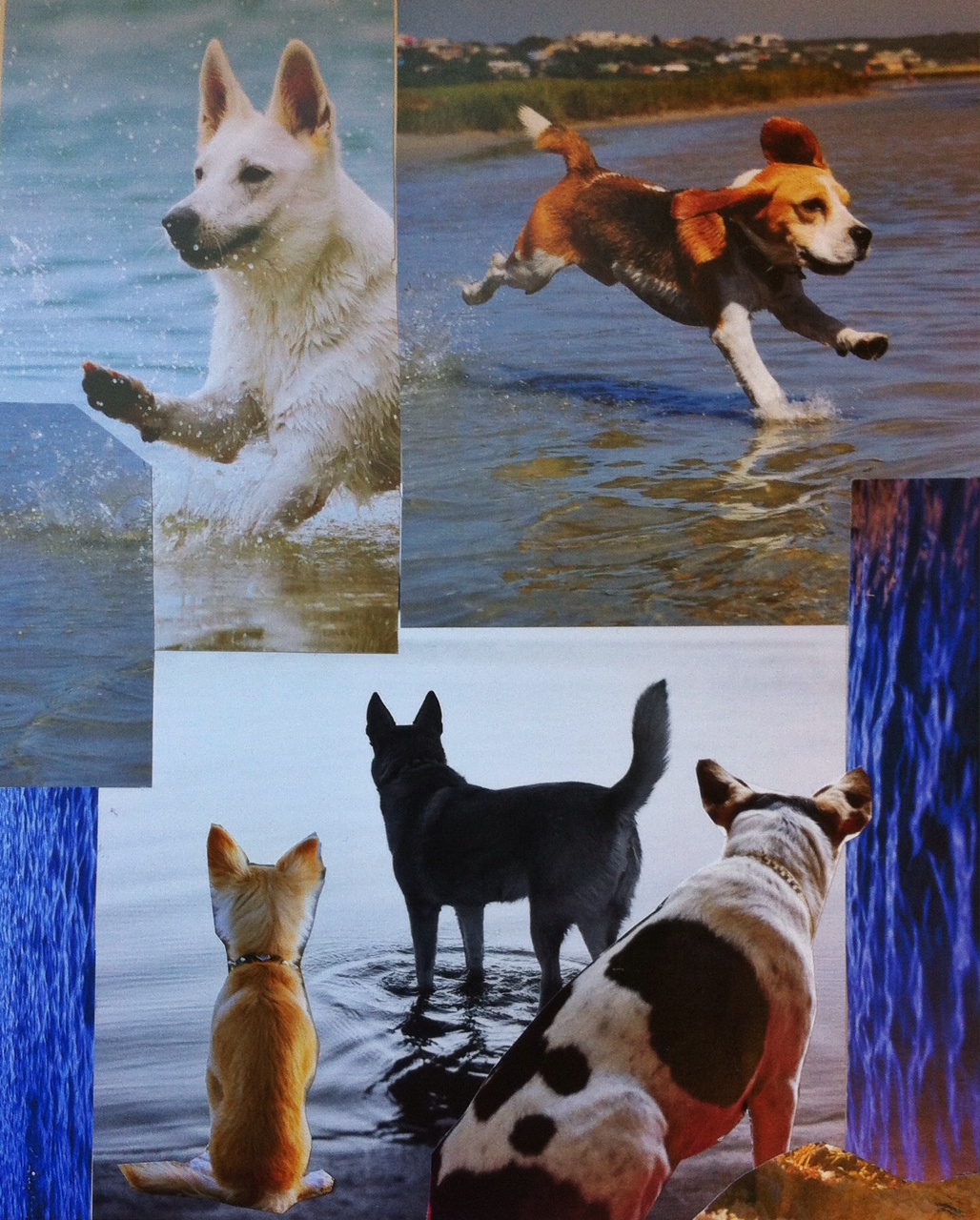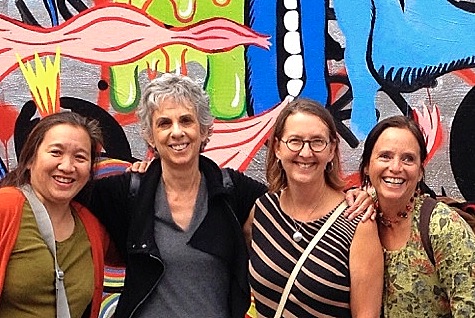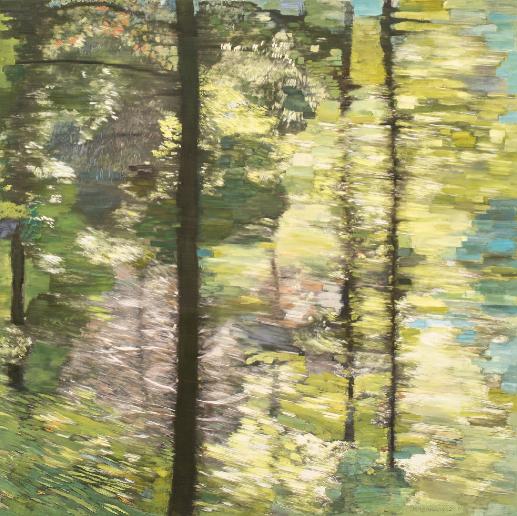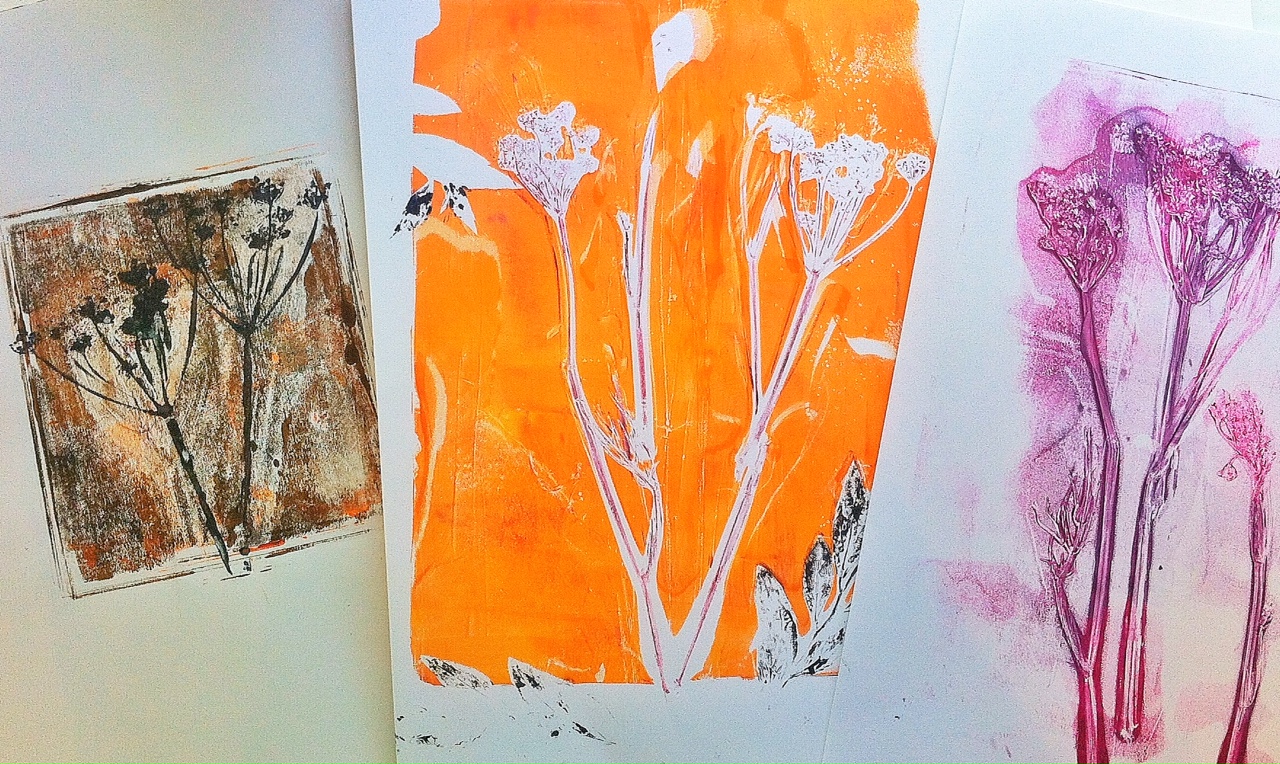Recently, we had the third meeting of our Young Adult Bereavement Art Group. It's always a bit intimidating, having a group of young souls facing me, their faces carefully blank, but inside, a tangle of sadness, exhaustion, frustration and hope. The challenge: Somehow we (my co-facilitator and I) have to create a pathway for some of these feelings to find their way out. One of the great tests of teaching is to greet a classroom day after day, seeing the upturned faces that expect you to offer something that they in turn, can digest. Or not. Perhaps the most difficult challenge is to face apathy.
The main way I know these folks are not apathetic is that they keep coming back, meeting after meeting. Last night, we focused on identifying feelings related to their loss. The group went to work on a "feelings inventory," each one circling the little faces that most closely match their experience.
Next, and this is where my challenge came last night, was to take the most pressing feelings and fill in a body outline with color and symbols, wherever those feelings take hold in their body. I've explained this to groups many times, but somehow, the words I use to explain symbol and metaphor were not there. Only the symbols themselves.
I try to say enough so that their tap is turned on--but not so much that I get in the way of the flow. I hold up examples and talk about butterflies in the stomach and weights on the legs and padlocks on the mouth--and then I stop, almost holding my breath--and wait.
It's slow, they stare at their empty body outlines for a long time, unsure what to do first. Some of them tentatively begin to outline their bodies in a dark viridian green.
And then it takes hold, carefully and methodically the feelings pour through the markers in streams of red, black, green and orange. Tears are added, broken hearts appear and mouths wide open with shock.
But the greatest change is in the people from whose pens these feelings issue. As we go around the room, one by one each of them shares their map with the group. And the words which come out express relief, calm, contentment, curiosity.
I've heard it a hundred times, but the truth of it does not wear out: "trust the process."




